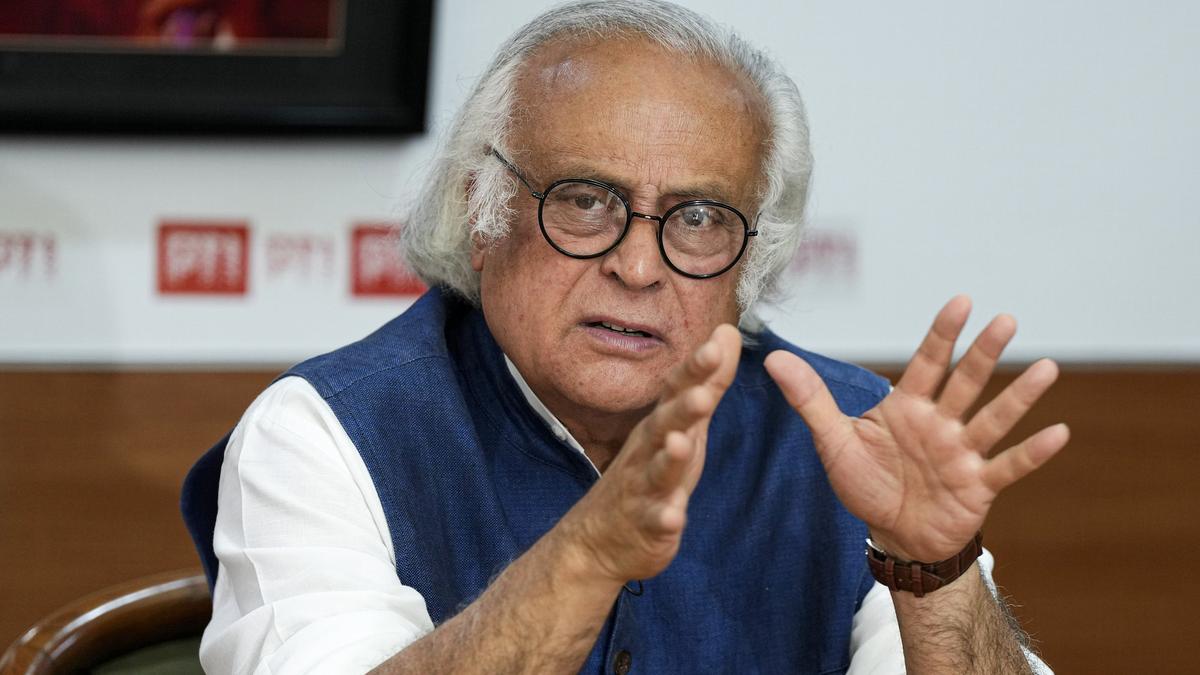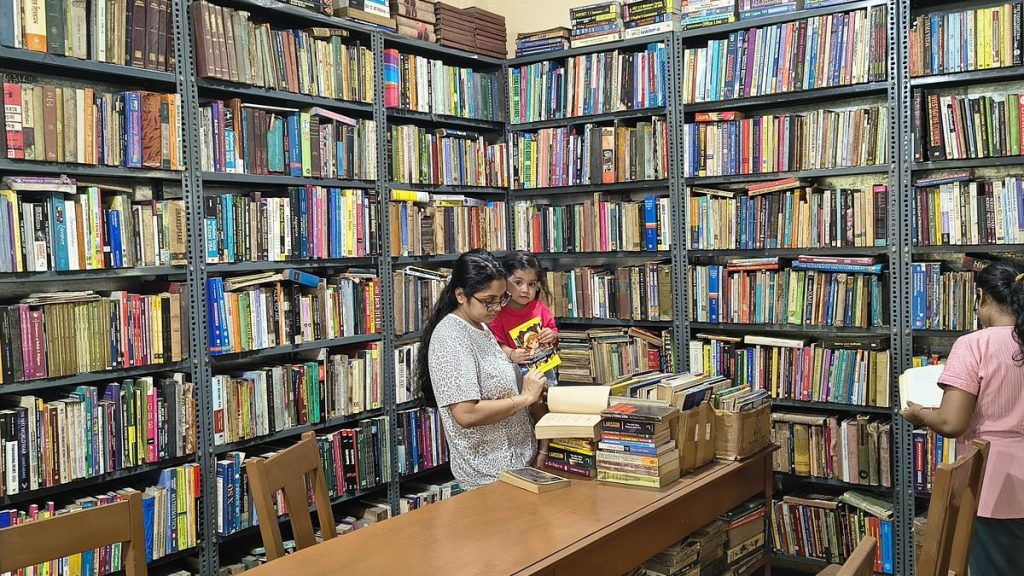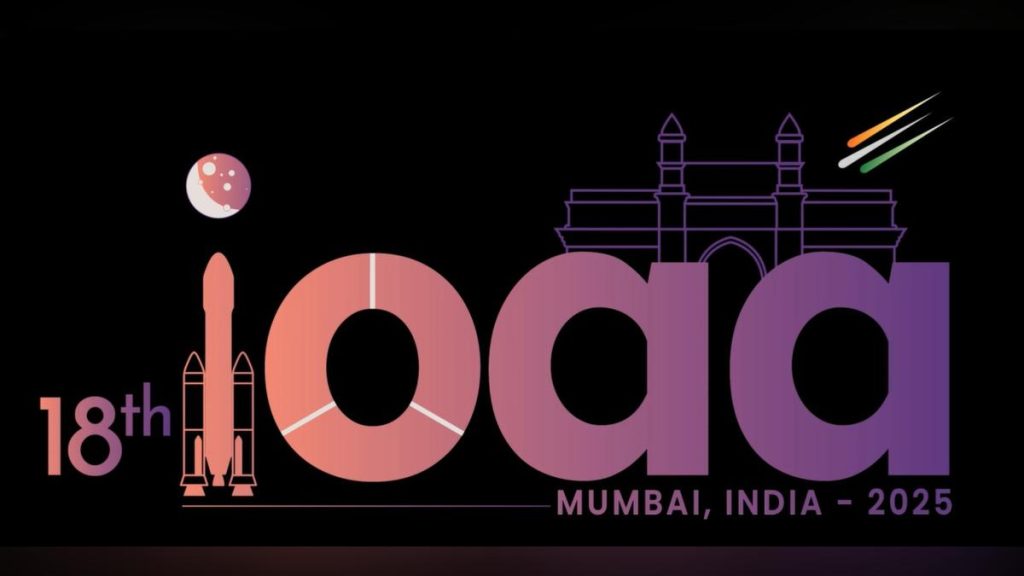Now Reading: Jairam Ramesh Backs GST Demands from Opposition-Led States as ‘Legitimate
-
01
Jairam Ramesh Backs GST Demands from Opposition-Led States as ‘Legitimate
Jairam Ramesh Backs GST Demands from Opposition-Led States as ‘Legitimate

Quick Summary
- Opposition-ruled states are demanding mechanisms to ensure the benefits of rate slab and tax cuts under GST reach consumers and state governments.
- Congress leader Jairam Ramesh termed these demands “legitimate” and argued they are supported by research from the Union Finance MinistryS National Institute of Public Finance and Policy.
- Eight opposition-led states,including Karnataka,Himachal Pradesh,Jharkhand,Kerala,Punjab,Tamil Nadu,Telangana,and West Bengal,have advocated for GST rate cuts on mass-consumption items.
- These states also seek a five-year compensation framework (with 2024-25 as the base year) to offset revenue losses due to rate changes.
- They demand that additional levies on luxury or “sin” goods exceeding 40% should be fully transferred to state governments.
- The Indian National Congress has reiterated its call for a “GST 2.0” with simplified compliance procedures aimed at benefiting MSMEs (Micro Small & Medium enterprises), alongside reduced tax rates and slabs.
- Mr. Ramesh urged for cooperative federalism during the upcoming GST Council meeting.
Indian Opinion Analysis
The demands voiced by opposition-led states reflect growing concerns around equitable taxation structures under India’s present GST regime. Tax reform discussions like this can have meaningful implications for revenue-sharing between the Centre and states-a cornerstone of cooperative federalism envisioned in India’s constitutional framework.
A critical takeaway is whether GST reforms will alleviate financial stress in smaller economies or translate into tangible consumer benefits amid persistent challenges such as inflation. Furthermore,simplifying compliance could provide relief to MSMEs-an essential sector for job creation in India-but ensuring consensus among multiple stakeholders may remain challenging.
balanced decision-making in upcoming deliberations will be crucial in maintaining States’ confidence while fostering national economic goals amidst competing political interests.






















